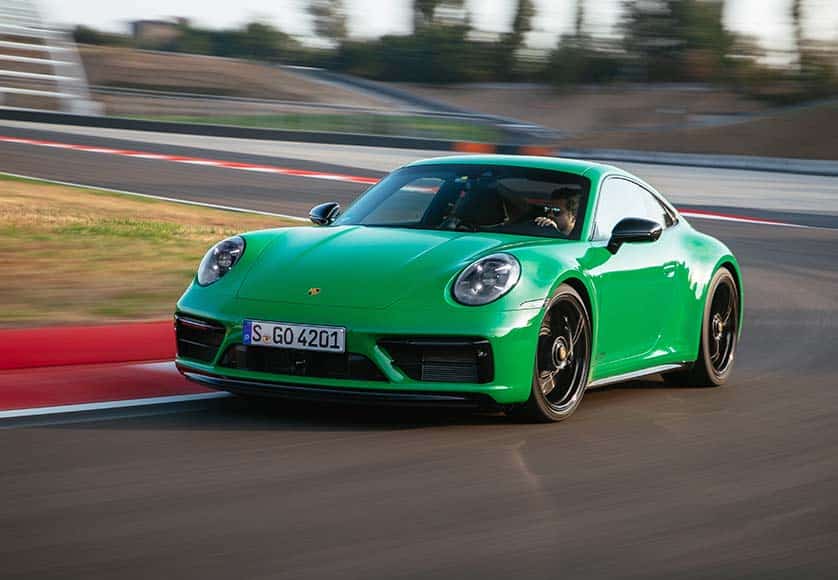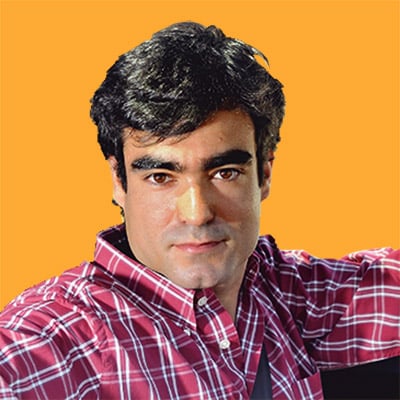In the middle of the whole hypocrisy and craziness of the electric revolution, I am delighted to see one company is trying to make sense of things.
I have written about this matter before, but it seems relevant to write about it again as there are new, important developments that have recently taken place.
e-Fuels. Something ‘the-electric-car-is-the-future’ preachers hate to talk about. But they might just have to, since Porsche have just opened their first e-Fuel factory and these guys tend not to throw money around for no good reason.
Porsche and international partners have created a partnership with a Chilean company aptly called Highly Innovative Fuels (HIF). Together they have implemented an industrial e-Fuel production process – the first at this scale anywhere in the world.
Barbara Frenkel, Member of the Executive Board for Procurement at Porsche AG, had this to say: “Porsche is committed to a double-e path: e-mobility and eFuels as a complementary technology. Using eFuels reduces CO2 emissions. Looking at the entire traffic sector, the industrial production of synthetic fuels should keep being pushed forward worldwide. With the eFuels pilot plant, Porsche is playing a leading role in this development.”
I wouldn’t have said it better, Ms. Frenkel. eFuels are absolutely necessary and it is incredible that it must be Porsche – a relatively small company after all – to pursue this path and show competitors and governments how it must be done.

Anyway, I am not getting into the whole anti-electric car speech, as I did that in my last text (although that was last year – wink), but really, it is so obvious that you cannot replace all cars on the road at present with battery-electric vehicles (BEV) that it is actually infuriating to hear our so-called leaders – politicians who know nothing about the matter and are only worried about being re-elected – pushing people into this type of mobility that is, if not worse, at least just as polluting as the one we have now.
Anyway, the Haru Oni plant in Punta Arenas was officially opened in the presence of Chilean Energy Minister Diego Pardow – to me this is a major scoop for the country, which can now claim to be leading a real implementable revolution. The symbolic fueling of a Porsche 911 with the first synthetic fuel produced at the site was the highlight of the whole ceremony.
In the pilot phase, eFuel production at Haru Oni is expected to be of around 130,000 litres per year. This is to be used mainly in lighthouse projects such as the Porsche Mobil 1 Supercup and at Porsche Experience Centers.
On a second, more consolidated stage, the first scaling will take the project in Chile up to a projected 55 million litres per year by the middle of the decade. Around two years later, the capacity is expected to be 550 million litres. Although it is not that much in the whole scheme of things, it takes but one company to show the right way forward.
Michael Steiner, Member of the Executive Board for Development and Research at Porsche AG, told reporters on the day that “the potential of eFuels is huge. There are currently more than 1.3 billion vehicles with combustion engines worldwide. Many of these will be on the roads for decades to come and eFuels offer the owners of existing cars a nearly carbon-neutral alternative.”

eFuels are made from water and carbon dioxide taken from the atmosphere or waste, like, for example, the biomass that results from the production of paper (yes, paper). The inherent characteristics of eFuels are the same as normal petrol, so no changes to the combustion engines have to be made. Just fill and go.
One very important factor is the use of wind energy in the production method. Wind is a crucial element in enabling the nearly CO2-neutral operation of petrol engines at the end of the cycle, as it massively lowers the carbon footprint right at the beginning of the process.
Porsche chose the south of Chile because it offers ideal conditions for such a facility, with the wind blowing for around 270 days a year and enabling the wind turbines to operate at full capacity. But that’s not all. Punta Arenas, where the Haru Oni factory is located, is close to the Strait of Magellan. From the port of Cabo Negro, the synthetic eFuel can be transported just like traditional fuels all over the world and be distributed using the existing infrastructure. Come on, is it just me or does this make a lot of sense?
Motorsport is the current test bed for synthetic fuels and the goal is to gradually introduce them to everyday cars in major cities around the world in the next few years. It’s not something for tomorrow – especially because money is being ridiculously poured by governments into BEVs – but I am positive that by the end of the decade we will be able to fill our cars with some kind of eFuel right here in Portugal.
Now that is a change I can believe in. The same cars, but with close to a carbon-neutral footprint, making them REAL sustainable machines from an environmental perspective. I take my hat off to you Porsche and I thank you.
Motoring Trade | Business, Services, Marketplace – click here





















